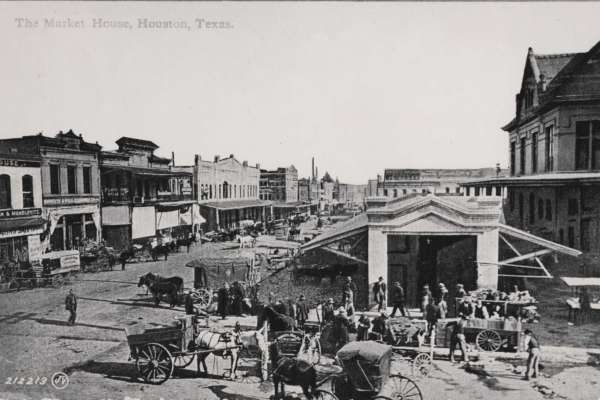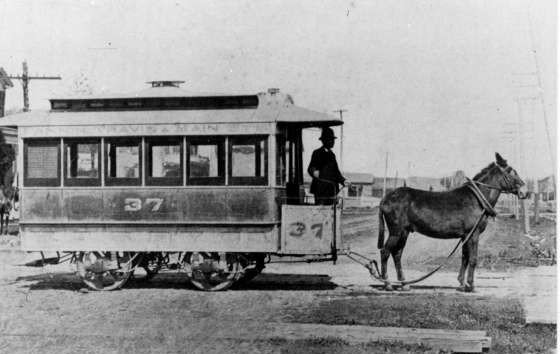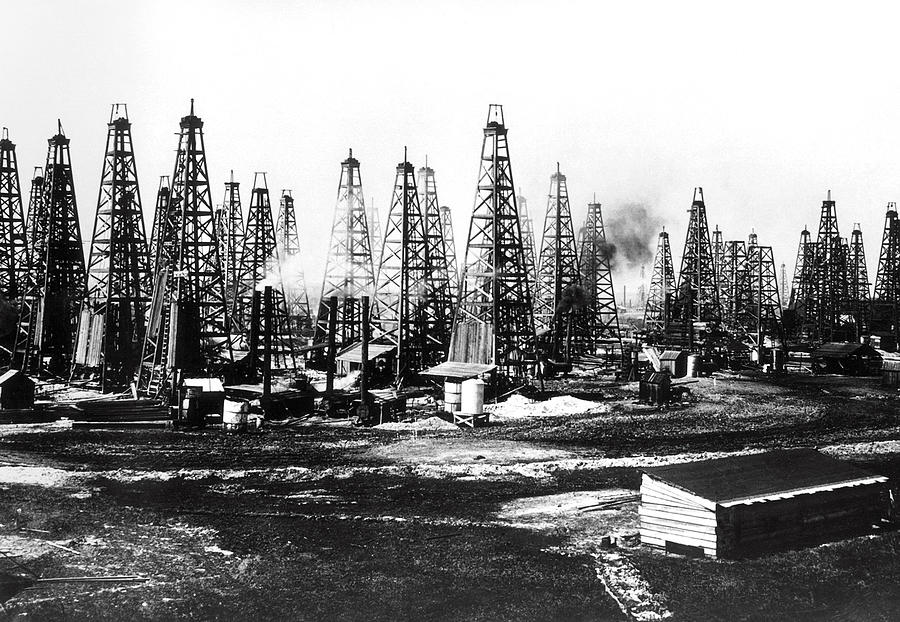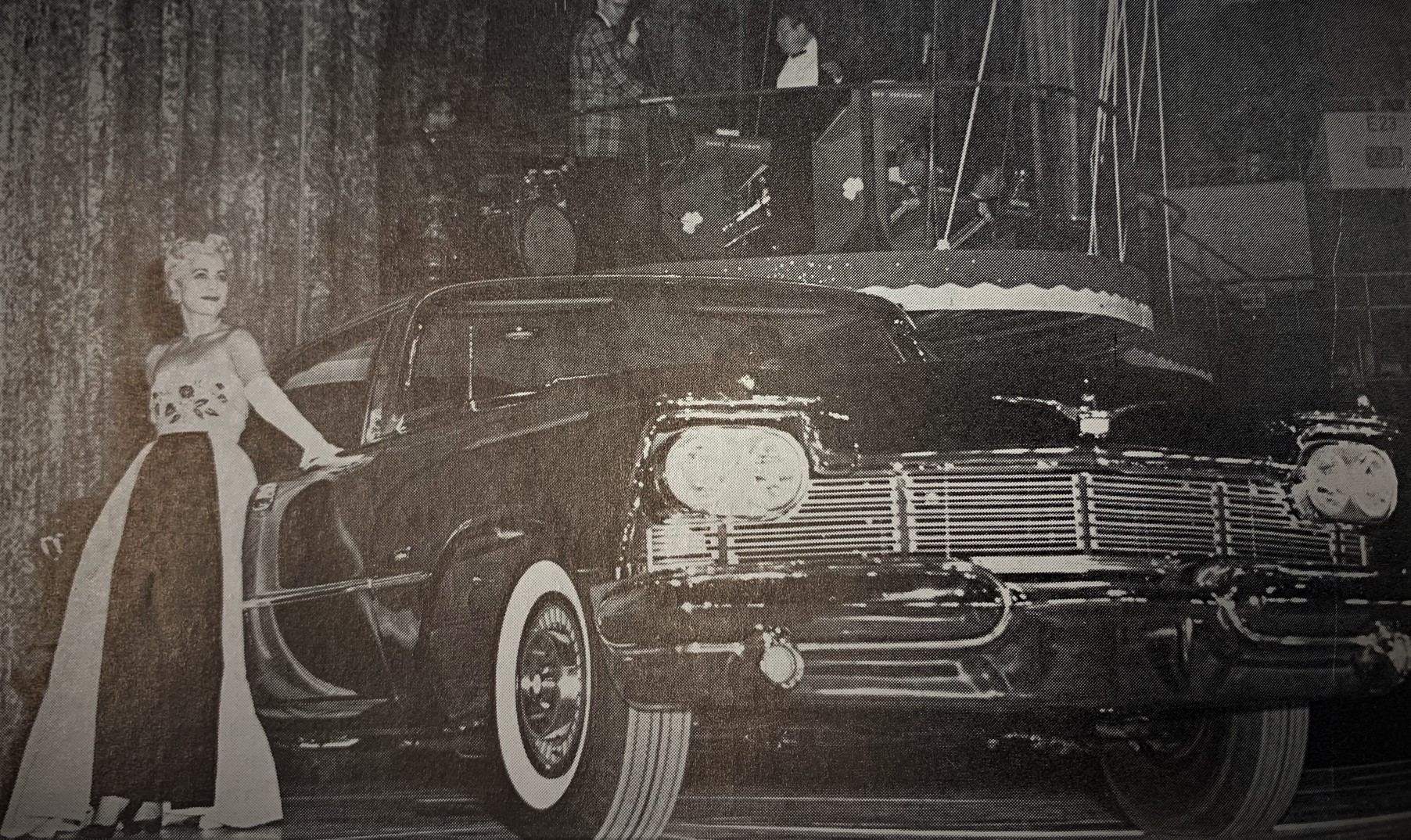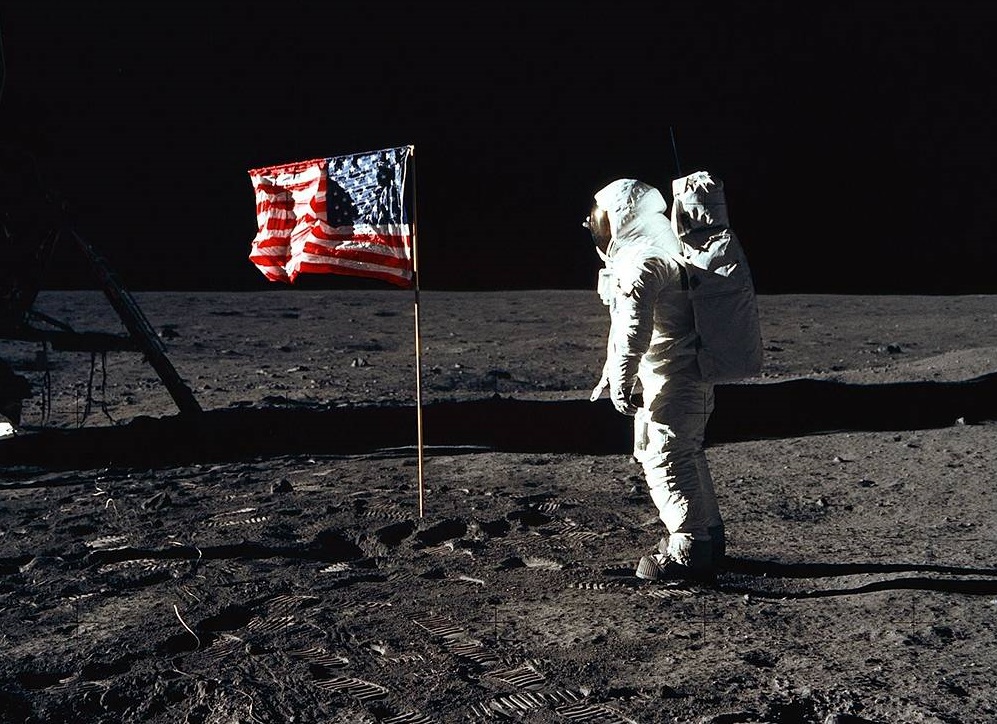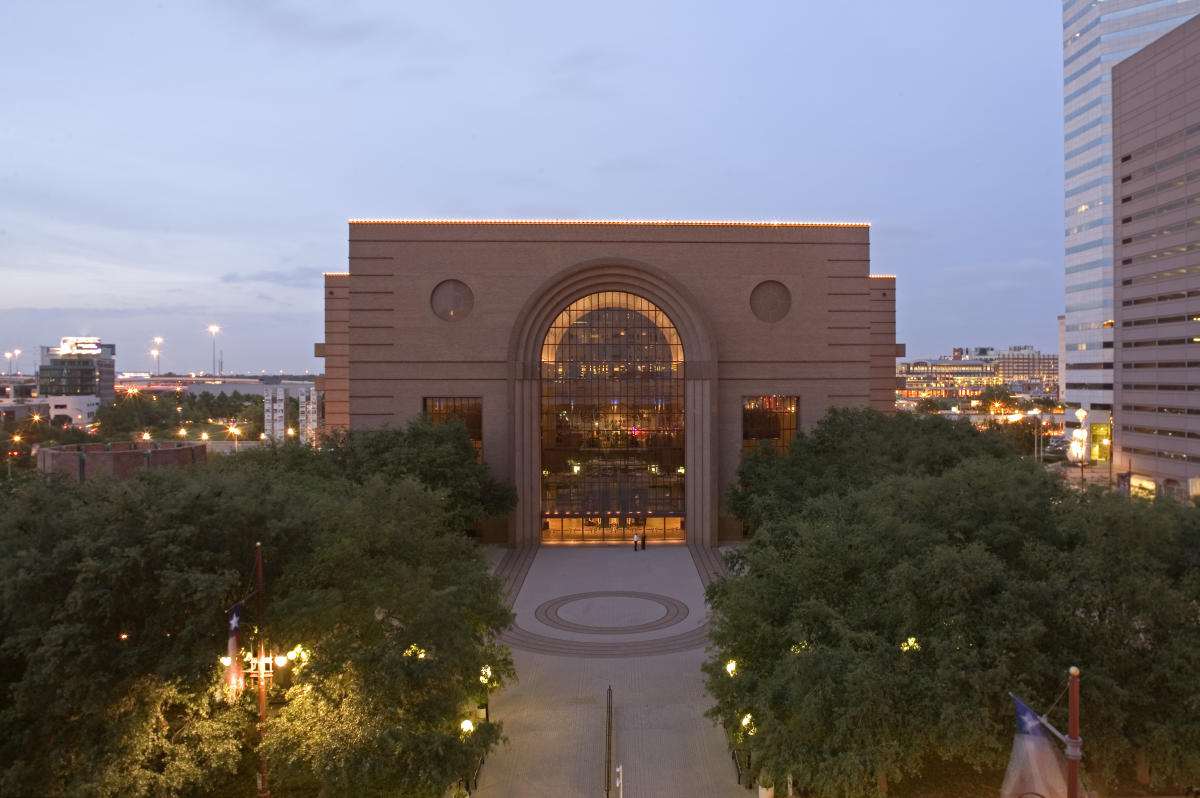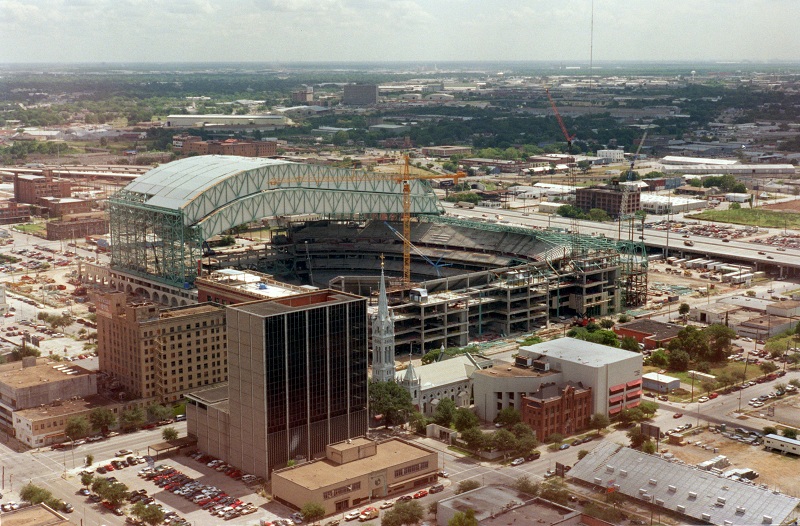Houston in the 1830s
Houston's birth coincides with Texas' battle for independence as the new town struggles to create an identity.
On April 21, General Sam Houston’s army wins Texas’ independence from Mexico in the Battle of San Jacinto.
Houston founded on August 30 by brothers Augustus C. and John K. Allen, who pay just over $1.40 per acre for 6,642 acres near headwaters of Buffalo Bayou.
Allen Brothers call on Gail Borden (publisher, surveyor, originator of condensed milk) and Thomas H. Borden to survey the site. Gail Borden lays out the town’s streets 80’ wide, with the principal east-west street (Texas Ave.) 100’ wide.
General Sam Houston, first president of the Republic of Texas, signs an act authorizing Houston to incorporate. Houston is capital of the Republic from 1837-1839.
The Laura is the first steamship to visit Houston.
A bucket brigade, Protection Fire Company No. 1, is formed to fight fires.

